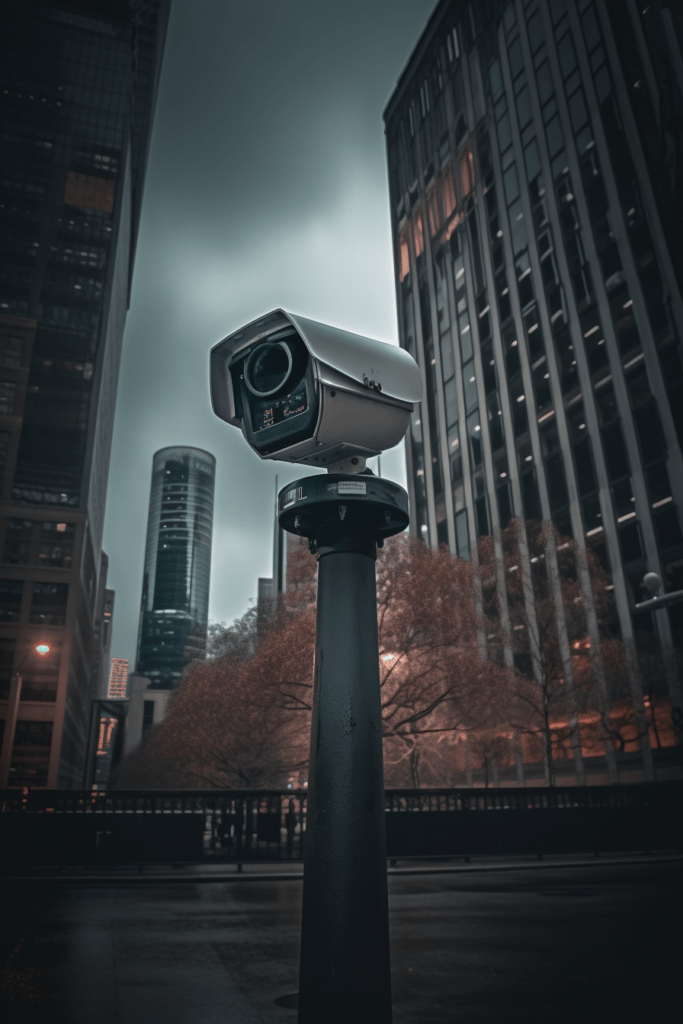
Personal Safety in Public Spaces: Tips, Techniques, and Trusting Your Instincts
Introduction to Personal Safety
Keeping oyurself safe in public places, is a crucial aspect of our everyday lives. As we venture out into public spaces, we have to be prepared to protect ourselves from potential threats. Let’s take a quick look at the importance of personal safety and some quick – but valuable – tips for developing situational awareness, self-defense techniques, street safety, public transportation safety, and also about trusting your instincts.
Developing Situational Awareness
Situational awareness is the ability to be conscious of your surroundings and to identify potential risks. Here are some tips to improve your situational awareness:
- Stay alert: Avoid distractions such as your smartphone, headphones, or excessive daydreaming. Keep your head up and your eyes scanning your environment.
- Observe people: Pay attention to the people around you and their behavior. Look for any signs of agitation, nervousness, or suspicious activity.
- Know your exits: Familiarize yourself with the layout of the area and identify multiple escape routes in case of an emergency.
Tips for Staying Safe in Public Spaces
Follow these guidelines to enhance your safety in public places:
- Stick to well-lit, busy areas: Avoid isolated, dimly lit spots where an attacker could hide.
- Travel in groups: There is safety in numbers. Whenever possible, travel with friends or family.
- Carry a personal alarm: A loud alarm can deter a would-be attacker and draw attention to your situation.
Self-Defense Techniques and Tools
Equip yourself with self-defense knowledge and tools to protect yourself effectively:
- Take a self-defense class: Learn basic self-defense techniques from a qualified instructor.
- Carry a self-defense tool: Items such as pepper spray, a personal alarm, or a tactical pen can help deter or fend off an attacker. Be sure to comply with local laws regarding self-defense tools.
Street Safety and Avoiding Dangerous Situations

To minimize the risk of dangerous encounters on the street, follow these tips:
- Walk confidently: Projecting confidence can deter potential attackers who may target those who appear vulnerable.
- Plan your route: Choose the safest route, even if it takes a bit longer. Avoid shortcuts through alleys or unlit areas.
- Trust your gut: If something feels off or a person seems suspicious, take action to distance yourself from the situation.
Public Transportation Safety Tips
Stay vigilant and follow these tips for safer public transportation:
- Wait in well-lit areas: Choose a well-lit area when waiting for a bus or train, preferably where other people are present.
- Sit close to the driver or conductor: Attackers are less likely to target individuals sitting near authority figures.
- Be mindful of your belongings: Keep your bags close to you and avoid displaying valuable items.
Trusting Your Instincts
Your instincts play a crucial role in personal safety. They can alert you to potential threats before they escalate. Trusting your instincts means:
- Paying attention to your feelings: If you feel uneasy or threatened, don’t dismiss those feelings. Take action to protect yourself.
- Avoiding hesitation: If your gut tells you to leave a situation or seek help, do so immediately. Hesitation can put you at greater risk.
- Reflecting on past experiences: Use past experiences to inform your instincts and decision-making in potentially dangerous situations.
Personal safety in public spaces is a skill that can – and should – be developed through situational awareness, self-defense techniques, street safety, public transportation safety, and not least of all, trusting your instincts. Following the tips in this blog post can definitely help you to protect yourself and others from harm, ensuring a safer environment for everyone.
